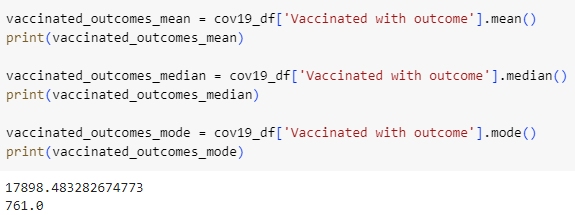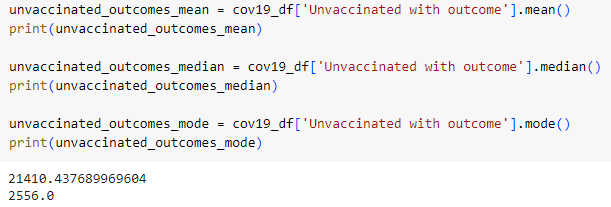About Me:
Thank you for taking the time to check out my portfolio! I am a fourth-year Engineering student at San Jose State University with a minor in Engineering Management. I will graduate from SJSU in May 2026, and I will graduate in June 2025 with an A.S. in Computer Science from Foothill College. My coursework has allowed me to become proficient in MATLAB, CAD, and finite element analysis tools. I have hands-on experience with wind tunnel testing, stress-testing lab experiments, and team-based design projects. If you have any questions or would like clarification on my experience, please do not hesitate to contact me at my email linked in the top right corner.
Table of contents
Completed Projects:
-BioSat
-Tech Challenge 2023
-Automated Guided Vehicle
-Rates of COVID-19
Ongoing Projects:
-L1 Rocket
-L2 Rocket
-L3 Satellite Launch
Samples:
-CAD Samples
-AAIA Samples
-Technical Samples
-Writing Samples
BioSat
3U Cube satellite (30cm x 10cm x 10cm) designed using AutoDesk Inventor to grow mycelium in space. BioSat employs a hydroponic system to grow mycelium in a dark, warm environment. This design is made from Aluminum 6061 to endure low temperatures, extreme stress, and pressure. The containment vessel will contain a substrate that the mycelium is planted in such as wood chips, plant bed pillows, or cardboard. Under the grid would be a sponge which will be able to sustain enough water that will allow the mycelium to grow sufficiently.
Tech Challenge 2023
The Tech Challenge is an annual program funded by Amazon for students grades 4-12. The Tech Challenge invites students to engage in engineering design processes to solve real world problems. My task as an advisor was to educate 5th grade students on engineering subjects to solve the 2023 task to create a storm resistant structure to protect 14 aluminum soda cans. I taught my students to keep a tidy online engineering notebook with scans of their sketches, meeting minutes, and photos of each prototype. The students were also taught elementary knowledge of aerodynamics, iteration, and adapting to field conditions.
Intro to Engineering Automated Guided Vehicle
Automated guided vehicle designed using SolidWorks with the intention of curbing vehicle fatalities. AGV uses an ultrasonic sensor to detect and avoid obstacles with an Arduino microcontroller attached to a breadboard. Drive and vision code were done in C++ and loaded onto an Arduino. Drive code: control 4 DC motors, pre-planned route, navigation around obstacles (shoeboxes and figurines). Vision code: read data from ultrasonic sensor, communicate to drive code if obstacle is within a certain distance. Route is done with moveForward, turnRight, and turnLeft methods to instruct the car how to drive.
Our data showed that unvaccinated people had a higher mean, median, and mode for cases and deaths than vaccinated individuals. The variance of our data reinforced this idea, vaccinated populations had a higher variance than unvaccinated populations which shows us that vaccination does change the spread of Covid-19 by slowing the spread. A high variance for vaccinated people shows us that cases are not as easily predicted and cases are dispersed more widely. Conversely, unvaccinated groups have dense dispersion and unvaccinated populations are more likely to contract Covid-19.
Python Data Analysis I Rates of Covid-19
AutoDesk Inventor Samples


















